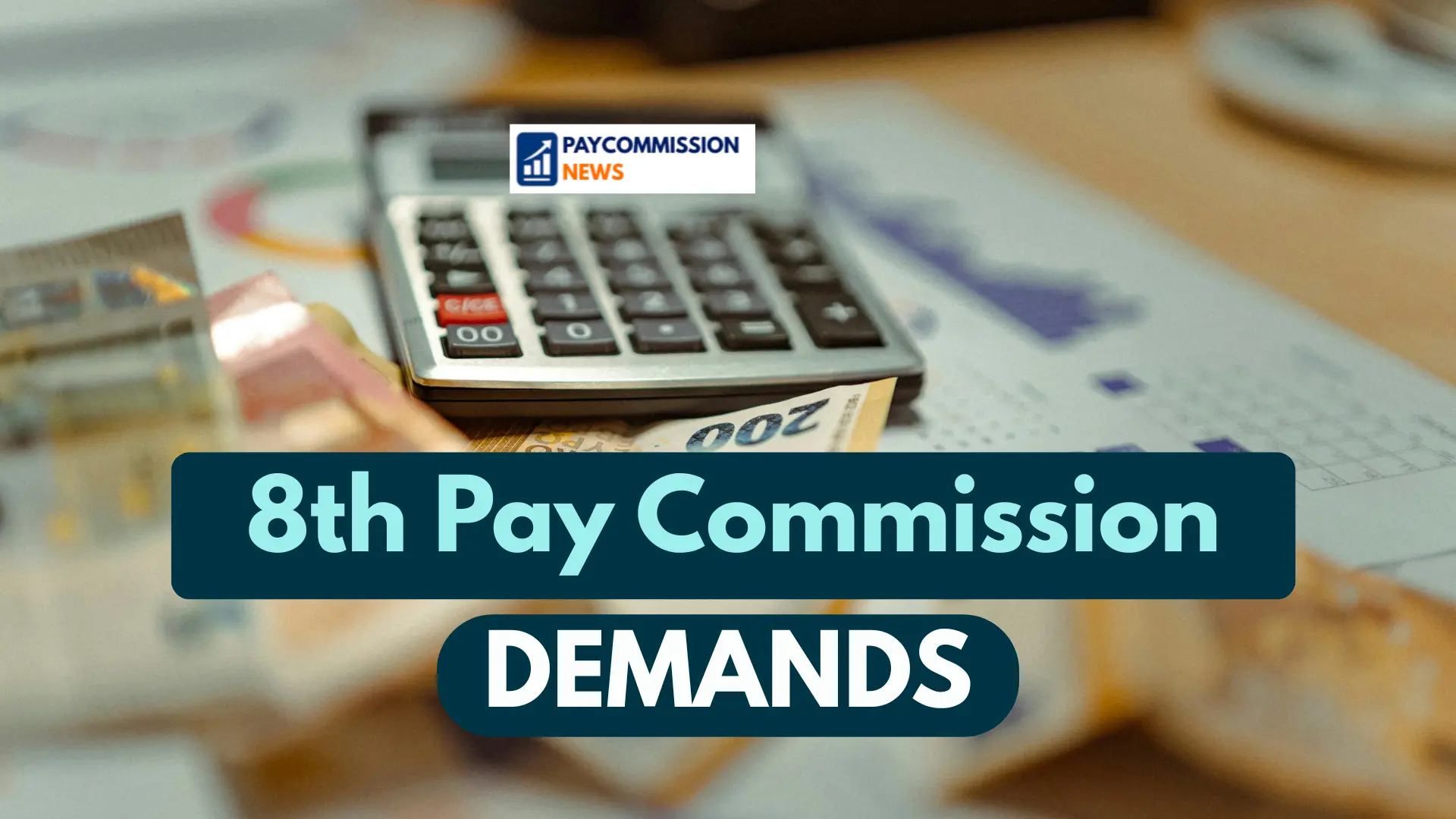The salary increase under any Pay Commission is primarily driven by the Fitment Factor, which is the multiplier applied to the existing Basic Pay to arrive at the new Basic Pay.
| Feature | 7th Central Pay Commission (Implemented Jan 1, 2016) | 8th Central Pay Commission (Expected Jan 1, 2026) |
| Previous Minimum Basic Pay (Under 6th CPC) | ₹7,000 per month | ₹18,000 per month (Current) |
| New Minimum Basic Pay | ₹18,000 per month | Projected to rise to ₹32,400 to ₹46,260 per month (Varies based on assumed Fitment Factor) |
| Fitment Factor | 2.57 (Uniformly applied across most levels) | Projected range of 1.8 to 2.86 (Common projections are 2.15 or 2.28) |
| Basic Pay Hike Percentage | ~157% increase (From ₹7,000 to ₹18,000) | Projected 80% to 157% increase on basic pay |
Example Calculation: Impact on Minimum Basic Pay (Level 1 Staff)
The final number will depend entirely on the fitment factor the 8th CPC recommends and the Cabinet approves. Here are some projections based on reported scenarios:
| Fitment Factor (Projected) | New Minimum Basic Pay | Increase from ₹18,000 |
| 1.80 (Conservative Estimate) | ₹32,400 | ₹14,400 (80% Increase) |
| 2.15 (Median Estimate) | ₹38,700 | ₹20,700 (115% Increase) |
| 2.57 (If 7th CPC factor is repeated) | ₹46,260 | ₹28,260 (157% Increase) |
Key Point to Note: Effective Salary Increase
It is crucial to understand the difference between the Basic Pay increase and the final take-home salary increase:
- Basic Pay: The increase in Basic Pay is substantial, as shown above.
- Dearness Allowance (DA) Reset: When a new Pay Commission is implemented, the existing Dearness Allowance (DA), which currently stands high (e.g., around 58% of basic pay), is typically merged with the Basic Pay, and the DA rate resets to zero.
- Net Increase: Therefore, the final take-home increase for the employee is the new salary minus the old salary (which included the high DA). For instance, a basic pay rise from ₹18,000 to ₹32,400 (Fitment 1.8) may only translate to an effective net increase of 13% to 20% on the total monthly emoluments, after factoring in the DA reset.
The 8th CPC’s primary task remains to rationalize the pay structure to account for inflation and the cost of living that has accrued over the decade since the 7th CPC’s implementation.








